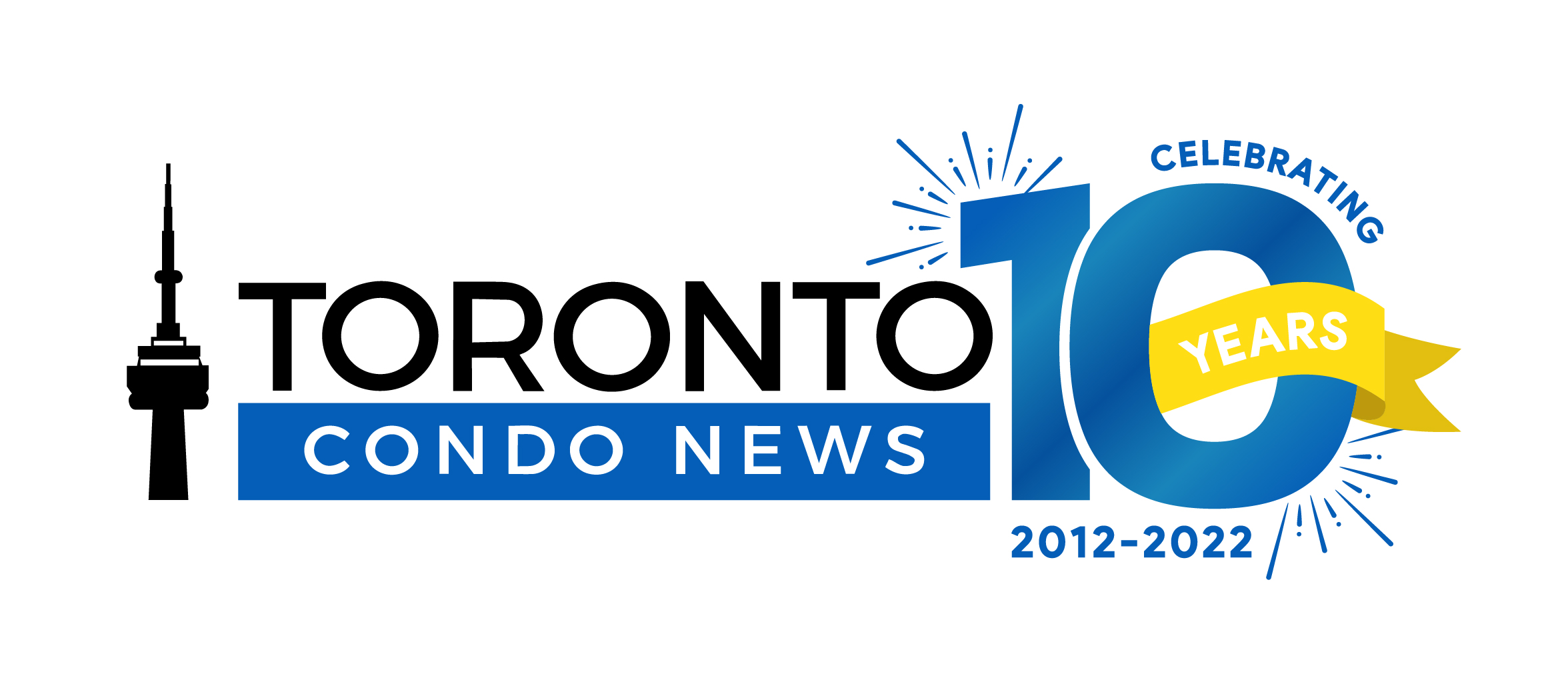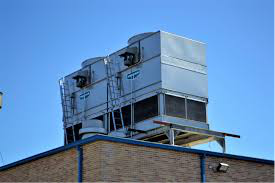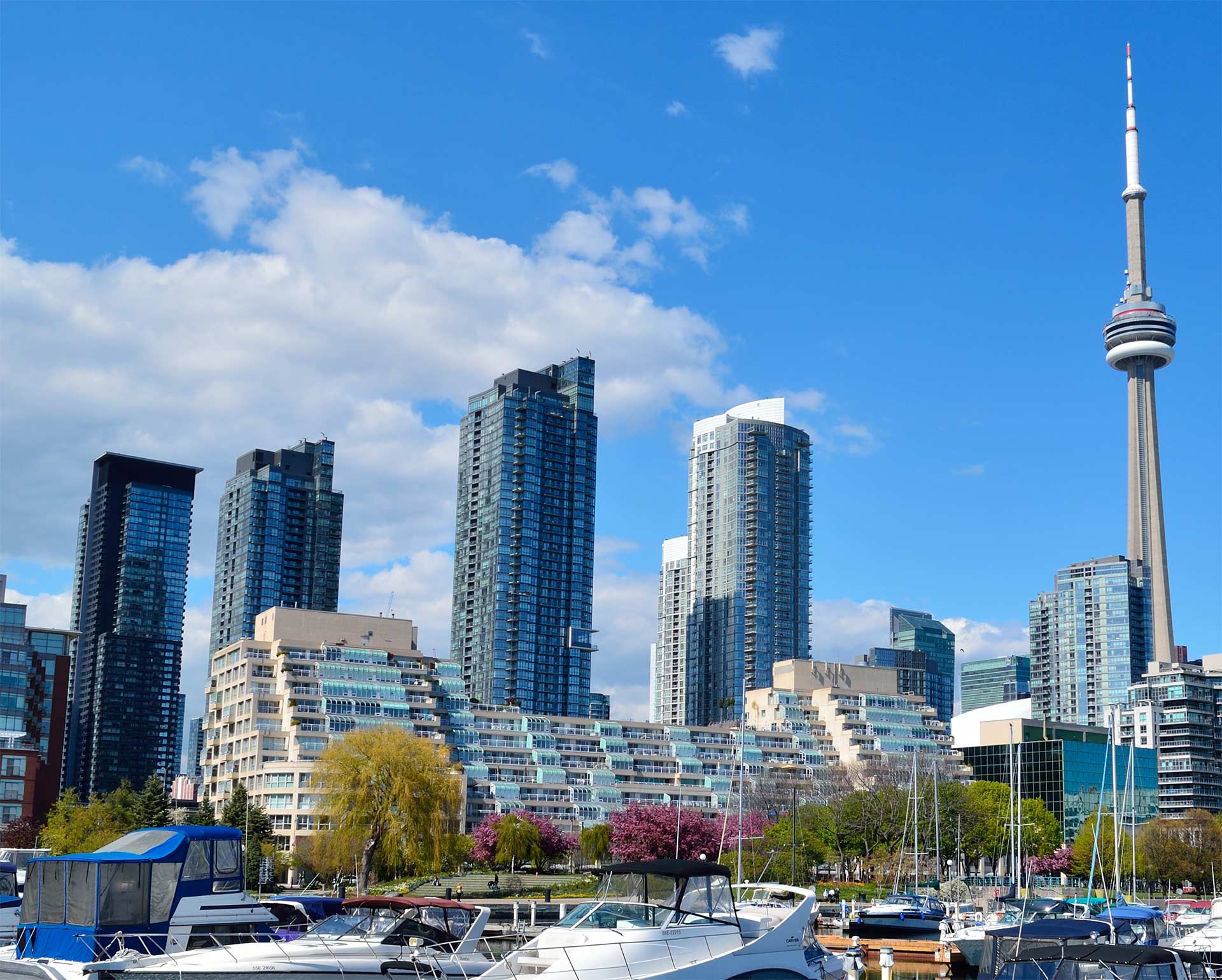 July 2025
July 2025
Longer and hotter heat waves are a reality that is expected to worsen. High-rise communities can no longer rely on past practices when deciding when it is best to cool down their buildings. Deadly heat waves can occur at times other than the middle of summer and don’t need to last long before people are affected.
As society ages and more live alone, the effects of hotter and more dangerous heat waves are more serious.
When temperatures rise above 30 Celsius (86 F), it is not uncommon for indoor building temperatures to rise above 38 Celsius (100 F). Seniors and others in these conditions face serious consequences including death. When temperatures become this oppressive, high-rise buildings can and should be relied on as cooling centers.
Our current system, designed to keep people from freezing to death, is ineffective to prevent high-rise homes from overheating. Landlords of rental suites in Ontario are required to provide heat to the suite from September 15 to June 1. While this requirement does not extend to condominium buildings, some follow this policy or choose to wait until later in May to provide air conditioning. May 2022 was a recent early heat wave where communities slow to provide air conditioning suffered under oppressive conditions. With warmer weather typically arriving by late April, this is too late for access to air conditioning.
In June 2021, an unexpected heatwave covering Oregon, Washington and western Canada saw temperatures rising as high as 48 Celsius (118 Fahrenheit) and killing at least 600 people in British Columbia alone. Records don’t identify heat as a cause of death so we really have no idea how many heat-related deaths occurred.
High-rise condominium buildings are commonly heated or cooled using a system that sends liquid through a pipe system. These systems are not designed to provide heating and cooling at the same time. The actual timing for conversion from cool to heat, or heat to cool, typically depends on external temperatures. Once the heating or cooling system is turned on, it is impractical to turn it off should external temperatures change. The changeover between a heating system and cooling system can take days. One system must be turned off in advance of the changeover. A technician must be scheduled to execute the changeover which can take many hours. In practice, most buildings want the changeover to occur at about the same time yet there are only a limited number of technicians available which can cause uncomfortable delays. During this period, communities must contend with suites experiencing varying temperatures. Suites that receive more sun through windows will be warmer than suites where windows do not receive as much sun. A northern exposure tends to be colder as are higher floors. Individual temperature preferences also play a role as does choice of clothing.
Satisfying all residents is a nearly impossible balancing act.







